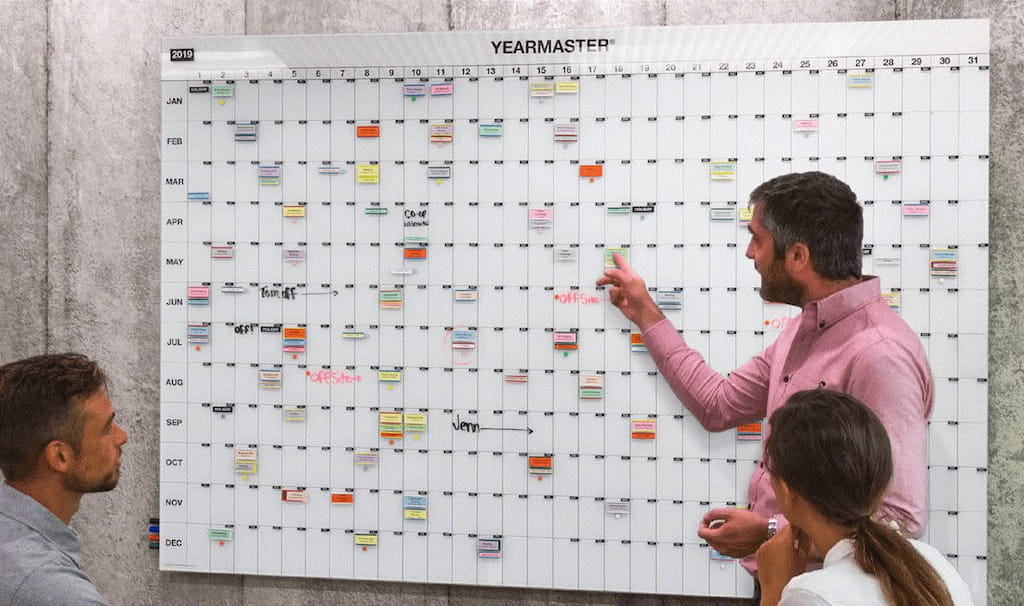If you manage a team—whether in retail, healthcare, hospitality, or any other industry where predictable patterns matter—you’ve probably heard about the importance of a consistent schedule. Yet many managers and employees struggle to define it clearly. Is it about working the same hours every day? The same days each week? Or is it simply about reducing last-minute changes? Is it simply a fixed schedule?
This guide demystifies consistent work schedules, explores why they matter, and provides actionable strategies to implement them. We’ll also examine the flip side—what happens when scheduling issues arise—and how tools like Shifts by Everhour can help create predictability without sacrificing flexibility.
❓ Consistent Schedule Meaning: Beyond Buzzwords
At its core, a consistent schedule means that employees have a regular, predictable pattern for when they work. Unlike irregular or on-call schedules, a consistent schedule ensures workers know in advance which days and hours they’ll be on duty. Consistency reduces last-minute changes, helps employees plan their lives, and fosters a stable routine. This leads to lower stress levels and increased productivity.

Components of a consistent schedule
- Regular days and hours: Employees work the same days of the week and similar start/end times.
- Advance notice: Schedules are published well ahead of time—often weeks or months in advance—so workers can arrange personal commitments.
- Minimal sudden changes: Shift swaps or coverage changes are handled through clear processes, not last-minute calls.
- Alignment with business needs: The schedule still covers peak demand periods and ensures adequate staffing; consistency doesn’t mean ignoring customer requirements.
Consistent schedules are sometimes called fixed schedules or stable work patterns. However, they aren’t necessarily inflexible; you can still rotate teams or offer overtime, but within a predictable framework.
👀 Why Consistent Schedules Matter Across Industries
Irregular scheduling has real consequences. Unpredictability creates stress, lowers morale, and fuels burnout. When workers don’t know if they’re on the day, evening, or overnight shift, they struggle to:
- maintain healthy sleep routines
- plan personal life
- stay focused at work
The result?
- 🚫 Higher absenteeism – Last-minute changes make it hard for employees to adjust, leading to more call-outs.
- 😞 Lower morale – Workers feel undervalued when their time isn’t respected.
- 🔄 Higher turnover – Staff often leave for jobs with stable schedules.
- ⚠️ Operational disruptions – Unpredictable staffing creates delays and costly overtime.
✅ Consistent scheduling solves these problems.
It improves employee satisfaction and retention, supports work–life balance, and builds a more engaged workforce.
When employees know their schedule:
- they rest properly
- show up prepared
- and maintain healthier routines

Predictable shifts also reduce mental strain since workers don’t need to constantly adjust sleep schedules or fight circadian rhythm disruptions.
😕 Common Scheduling Challenges and Issues
Even with the best intentions, managers face scheduling challenges that can disrupt consistency:
- ⏰ Last-minute changes and call-offs: Unplanned absences or emergencies happen. Having backup staff or cross-training helps reduce the impact.
- ⚖️ Uneven distribution of shifts: Some workers receive more desirable shifts while others get stuck with evenings or weekends. Fair rotation prevents resentment.
- 📊 Inadequate forecasting and planning: Underestimating demand leaves you short-staffed, while overscheduling adds unnecessary costs. Outdated tools often cause this.
- 📋 Compliance with labor laws and contracts: Regulations may require rest periods, overtime thresholds, or weekend premiums. Schedules must account for these rules.
- 👥 Staff preferences and personal circumstances: Balancing employee requests with business needs requires flexibility and fairness.
- 🌦️ Seasonal or project-based fluctuations: Industries with busy and slow periods often struggle to maintain consistency.
📋 Implementing Consistent Schedules: A Step-by-Step Framework
Transitioning to a consistent schedule requires systematic planning, communication, and tools. Here’s a general framework:
- 📝 Audit your current scheduling process – Evaluate who creates schedules, what tools are used (spreadsheets, emails), how far in advance they’re published, and how often they change. Gather feedback from supervisors and team members.
- 📊 Forecast labor demand accurately – Use historical data to predict staffing needs based on seasonal trends, events, and peak business hours.
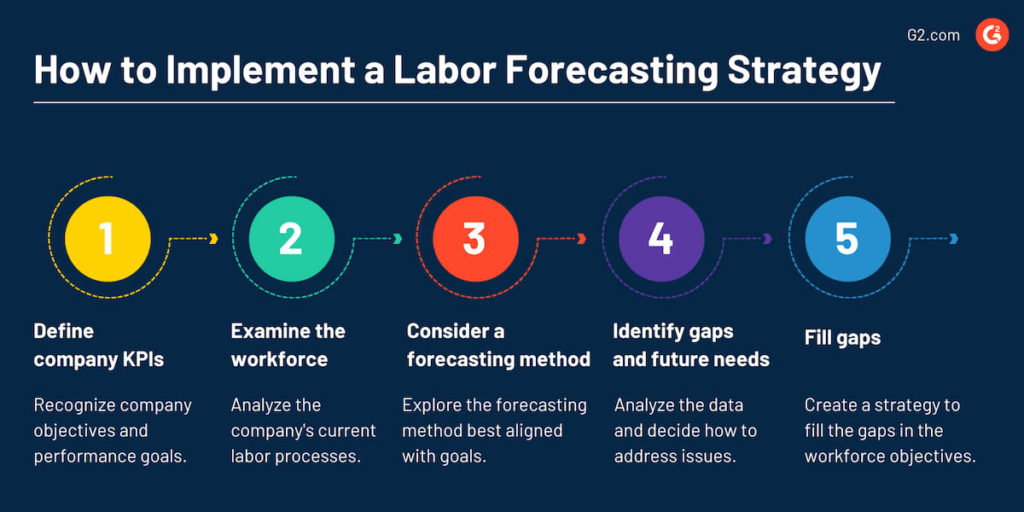
- 💬 Communicate expectations and solicit preferences – Encourage employees to share preferred days off, start times, or shift lengths. Acknowledging preferences builds trust and helps create a schedule that works for everyone.
- 💻 Choose the best scheduling software – Manual scheduling often leads to errors and unfair distributions. Tools like Shifts by Everhour offer shift templates, availability tracking, conflict detection, mobile access, and integrated time tracking.
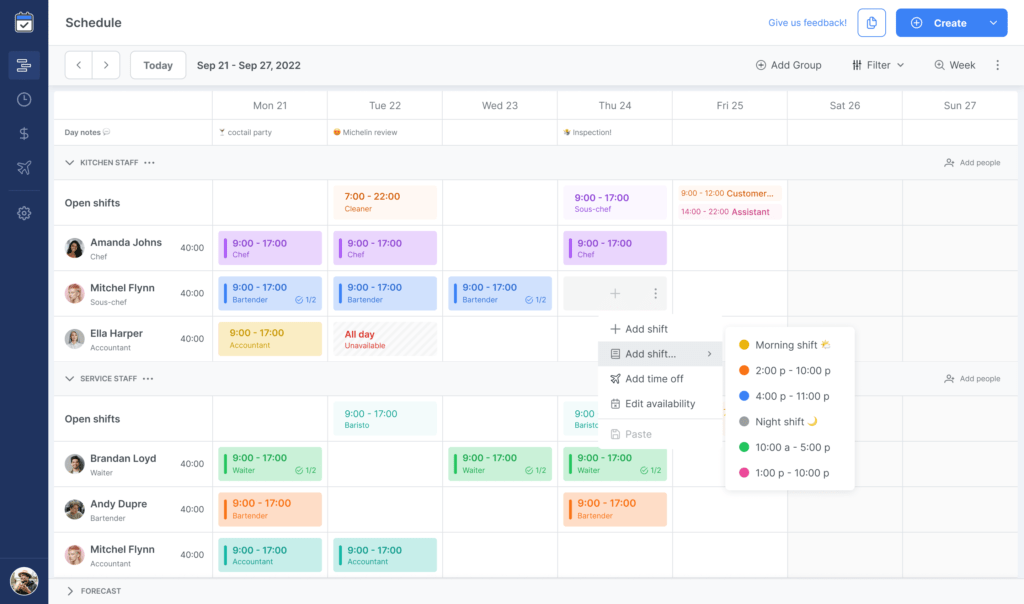
- 📅 Build and publish the schedule in advance – Aim for at least two weeks’ notice. This reduces last-minute changes and allows employees to plan personal time.
- 🔄 Offer fair shift rotation and coverage plans – Rotate desirable and less desirable shifts equitably. Provide incentives for unpopular shifts to maintain fairness.
- 📈 Review metrics and adjust regularly – Track absenteeism, overtime, and feedback. Adjust shift lengths or rotation patterns based on data and employee input.
🌟 Real-World Example
Picture this: a busy retail store where traffic spikes in the evenings and weekends. For years, employees dealt with chaotic schedules that changed every week — nobody knew when they’d be working next.
Here’s how things changed when they adopted a consistent scheduling approach with Shifts by Everhour:
- 🕒 Core shifts established – predictable morning and afternoon blocks replaced erratic schedules.
- 🤝 Flexibility built in – staff manage preferences and swap requests directly in the app.
- 📅 Advance planning – employees now know their schedules a full month ahead.
- 📊 Data-driven insights – managers track overtime and adjust staffing with Everhour reporting.
The result? Less stress, lower turnover, and a team that shows up prepared and energized.
🤔 Addressing Common Objections to Consistent Schedules
⚡ “Our industry is too unpredictable for fixed hours.”
Consistency ≠ rigidity. You can set a baseline pattern and still plan for exceptions. On-call rotations and real-time updates keep you flexible without leaving staff in the dark.
🕐 “Employees prefer flexible hours.”
A consistent schedule can still include flexible scheduling options. Think fixed core hours plus shift swaps or extended shifts for those who want them — stability with freedom built in.
💸 “Software is too expensive; spreadsheets work fine.”
Spreadsheets look cheap — until errors pile up. Overtime mistakes, double bookings, and turnover cost far more than scheduling software. Investing in tools often pays for itself quickly.
🤝 “Unions won’t allow schedule changes.”
Bring unions in early. Highlight benefits like predictable hours, reduced overtime, and fair rotation. Transparent communication helps turn scheduling into common ground, not conflict.
➡️ How Shifts by Everhour Supports Consistency and Flexibility
Shifts by Everhour isn’t just about time tracking; it’s a comprehensive scheduling platform that allows managers to:
- Create shift templates: Build and reuse standard schedules across weeks or departments.
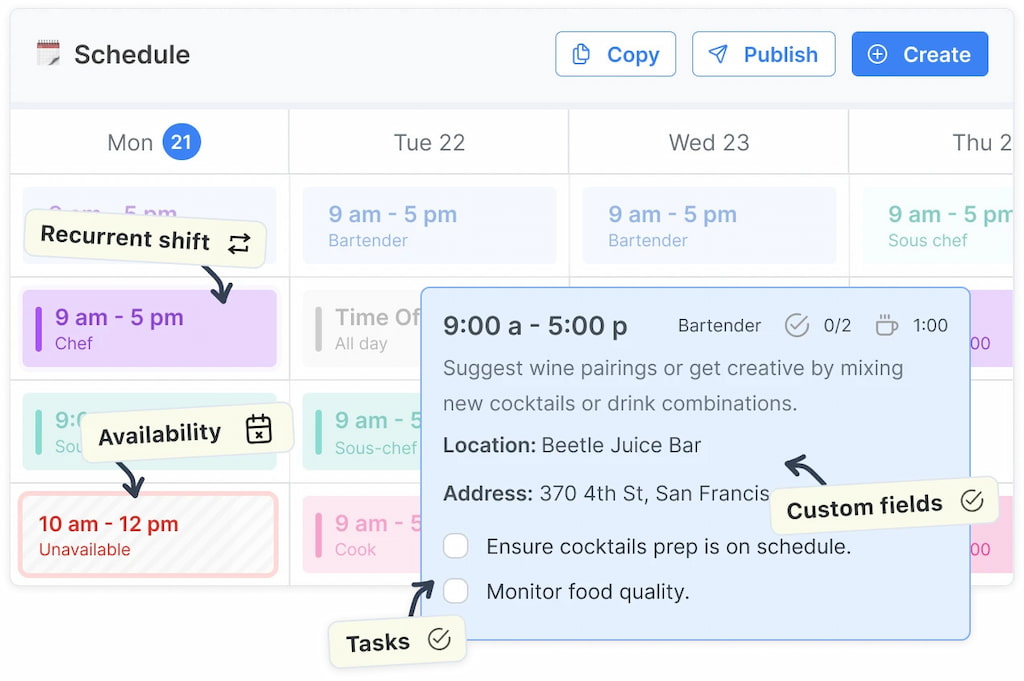
- Monitor compliance: Flags scheduling conflicts with labor rules or certification requirements.
- Track availability: Employees submit availability and time-off requests in the platform; managers approve or adjust based on project needs.
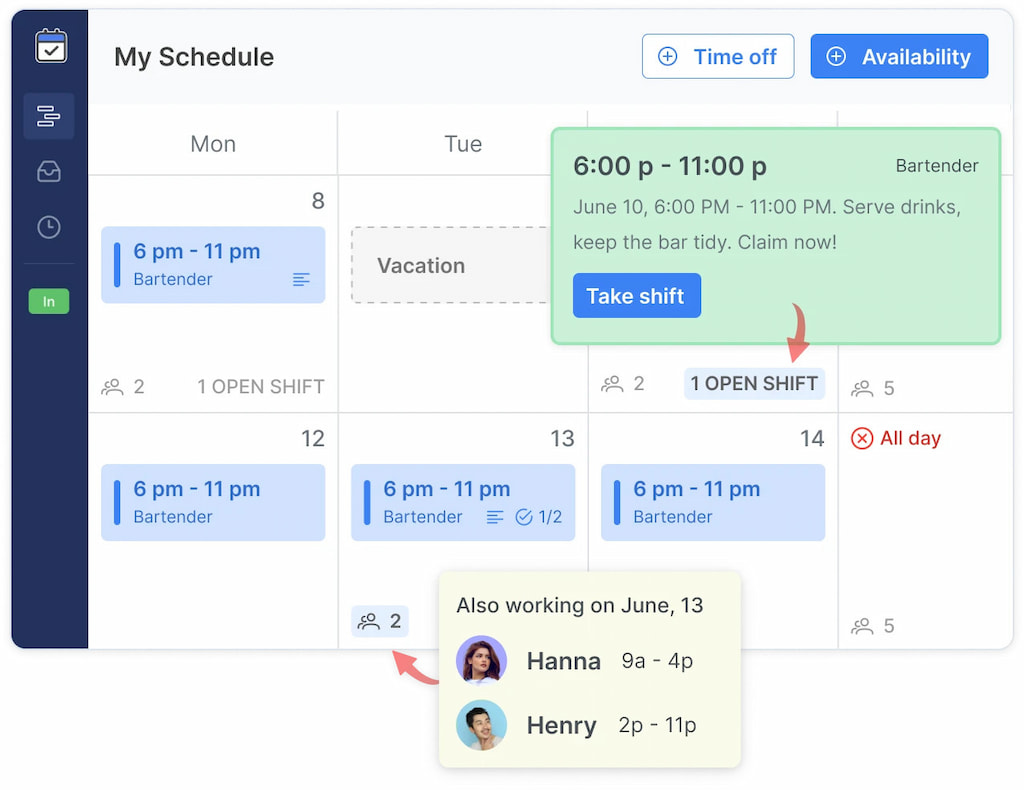
- Receive real-time updates: Send schedule changes instantly. Workers receive notifications and can confirm or decline shifts.
- Integrate time tracking and payroll: Align scheduled hours with actual hours worked.
By using Shifts, managers can create consistent schedules that adapt to real-world demands—supporting transparency, fairness, and trust.
🔎 Conclusion
A consistent schedule represents fairness, predictability, and respect for employees’ time. It improves efficiency, reduces turnover, and enhances customer satisfaction across industries. Achieving this consistency requires thoughtful planning, communication, and the right tools. By leveraging scheduling software like Shifts by Everhour, managers can provide stable schedules while retaining the flexibility needed to handle unexpected events.
Ready to move away from chaotic rosters and towards predictable patterns? It might be time to explore how Shifts by Everhour can help you create more consistent and reliable schedules.
